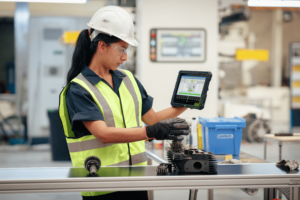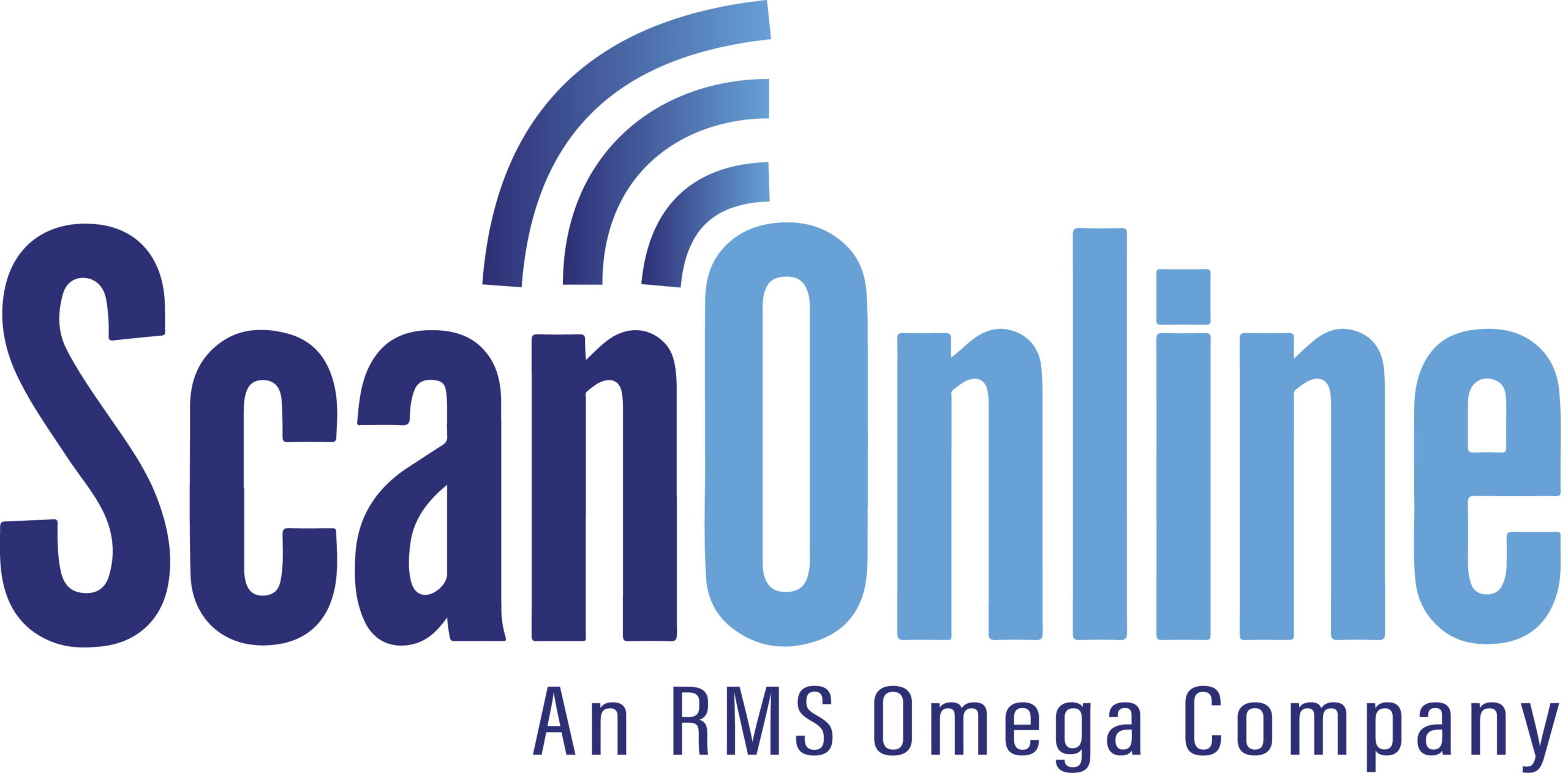 Look around in a warehouse, distribution center, loading dock, carrier depot, or any facility built for transportation and logistics for that matter. Technology, such as rugged handheld devices, wearables, automated picking tools, and even automated guided vehicles are living large. Even well-established technologies like RFID and barcoding are making a giant leap in the field.
Look around in a warehouse, distribution center, loading dock, carrier depot, or any facility built for transportation and logistics for that matter. Technology, such as rugged handheld devices, wearables, automated picking tools, and even automated guided vehicles are living large. Even well-established technologies like RFID and barcoding are making a giant leap in the field.
In the end, a wide variety of supply chain software is what drives these hardware innovations. After all, the purpose of integrating technology within warehouses is the hyper-focused effort to “do more with less” operationally, while tracking and tracing everything involved – people, products, and processes.
The task of collecting, sharing, and reporting data across supply chain facilities and vehicles is the heartbeat of every warehouse, providing the lifeblood behind every decision made. We identified below a handful of solutions in this area that can be found in almost every warehouse and manufacturing plant today, that VARs like ScanOnline interact with every day.
WMS – Warehouse Management Systems
Warehouse Management Systems are the platform that manages inventory and keeps it moving within… well warehouses or distribution centers. Operations, such as pick/pack, putaway, replenishment, cycle counting, and all ends of shipping are handled within this packaged supply chain software. If there is any status update needed on the condition and location of an item, WMS is the first place to look. All in all, WMS systems are the centerpiece of tracking, tracing, and reporting on the people and processes that make warehouses tick, supplying the necessary data to always know answers to questions like “Where is it”, “Who or what has it” and “Where is it going”. WMS can also play a role in transportation and logistics outside of the four walls of a warehouse or distribution center through the integration of other systems, such as e-commerce platforms. Finally, the handling of resources, such as labor, yard management, and company asset management can often be found within this type of software, too.
ERP – Enterprise Resource Planning
Enterprise Resource Planning software is an endpoint for business activity across multiple (or all) departments, not limited to one, such as warehousing alone. ERPs collect, store, and manage analytics, files, and other information in a way that makes the process of accessing one piece of data from another department a seamless effort. The intent of an ERP system, as we’re alluding to here, is to integrate personnel from all facets of an organization into a platform that brings all activity together, in the hopes that this level of access will make all more productive, no matter what they do for the organization. Whereas WMS is more geared towards warehouse production and the comings and goings of inventory and people, ERP systems are more of an overlay to cover everything else. In fact, you will find some WMS systems that feed into an ERP system, which usually is done to better produce more accurate financial information, assisting with invoicing and accounting in the process.
MES – Manufacturing Execution Systems
 Manufacturing Execution Systems are what monitor and control disparate manufacturing systems, providing key performance indicators (KPIs) of real-time factory data surrounding all activities on the shop floor. MES can tell end users, in short, HOW a product or part is made, and HOW effectively. If properly aligned with operations and company goals, MES aids in a manager’s decision-making through the information it provides, with the end goal being to improve production outcomes, which in turn helps revenues. Important benchmarks, like in the case of WMS, are at the core of the manufacturing sector, as even the best-finished goods yield can be dwarfed by other factors such as the overall waste created to make those products, the amount of labor usage by day, part deficiencies found, and other negative indicators of a broken process. But with a good MES solution in place, over time, entire process improvement strategies will become more effective, which only benefits the growth of the organization from the top down.
Manufacturing Execution Systems are what monitor and control disparate manufacturing systems, providing key performance indicators (KPIs) of real-time factory data surrounding all activities on the shop floor. MES can tell end users, in short, HOW a product or part is made, and HOW effectively. If properly aligned with operations and company goals, MES aids in a manager’s decision-making through the information it provides, with the end goal being to improve production outcomes, which in turn helps revenues. Important benchmarks, like in the case of WMS, are at the core of the manufacturing sector, as even the best-finished goods yield can be dwarfed by other factors such as the overall waste created to make those products, the amount of labor usage by day, part deficiencies found, and other negative indicators of a broken process. But with a good MES solution in place, over time, entire process improvement strategies will become more effective, which only benefits the growth of the organization from the top down.
 MDM – Mobile Device Management
MDM – Mobile Device Management
Mobile Device Management platforms serve two primary missions, among others that play smaller roles. First, they are systems of accountability for companies that deploy a pool of mobile devices out into the field for their workforce, alongside the handhelds that workers themselves bring to work facilities themselves. MDMs can act as a layer that can protect the digital assets a company holds dear while provisioning out to end users only the data, files, and programs they wish. Second, MDM solutions perform as a remotely managed platform to facilitate general support needs, updates, and maintenance, no matter the location of a technician and the device that requires troubleshooting. This function may extend to company-owned applications as well. Overall, MDM helps businesses solve the problems that develop for management and IT teams that suffer from a lack of physical access to the mobile devices that their workforce depends on daily.
What’s the Tie In? How All Work in Tandem
Though some supply chain software solutions mentioned may have some crossover, in terms of the tasks and reporting responsibilities of such, this is all relative to the actual “brand” of the solution itself that is chosen. To this point, SOTI and Ivanti both have MDM offerings, but you’ll very quickly find they are not the same, which can lead to some features being unnecessary when coupled with another software platform.
As a further example, as it relates to a different set of supply chain software solutions, it IS possible to track the performance of a warehouse within a WMS solution and an ERP. The overall volume of production onsite and assorted KPIs are where similarities may lie. Yet, you will find that the “story they tell” about that performance will vary, sometimes drastically, because of what they are specifically tasked to (and/or are able to) track and trace. WMS will give you pinpoint accuracy in the journey of a product, from its locations to its physical status, while an ERP can focus more clearly on revenues and the labor that was behind a day’s shift, that likely was behind its movements. Thus, together, these systems paint a full picture, but neither solution can shoulder the full load of another.
To summarize it even more clearly, WMS, ERP, MES, and MDM have unique missions and will also be deployed differently depending on the business use case of each organization.
It’s already hard enough to get the right user-defined analytics and data sets in the hands of people that control the fate of a warehouse or manufacturing operation. Simply put, products, parts, and materials are still in high demand long after 2020, pushed forward by consumers and businesses alike. In today’s world of labor shortages, skills deficits, and a marketplace that is rabid for online shopping and fast shipping times behind their purchases, workers are finding it more challenging to tackle a growing list of job responsibilities.
Winners in the supply chain field will be determined by the companies that properly integrate, adopt, and adapt to workforce software, alongside a passion to constantly improve their processes. The end result is an optimized, efficiently running workplace, created by a high-performance, fully engaged workforce culture that buys into the company’s mission.
